This will be about the creative processes adopted and adapted when developing new content for digital, networked media. It is based on my 60-odd years of new media development, and half a century of teaching new media design at all levels of further and higher education - up to PhD supervision and post-doc research.
lots more to come here: we'll be looking at the design-processes, future-scoping, market-research, sketching roughs and storyboards, brainstorming, concept-mapping, rapid-prototyping, craft-based software development, iterative development and user-testing, critical appraisal, soft-launches, product launch and post launch monitoring, and customer-feedback
We'll also be looking at the best books on creativity, including those by Arthur Koestler, Margaret Boden, Cziksent Cziksentmihaily, Chat GPT; and issues like randomness, synesthesia, stream-of-consciousness, collage and montage (Burroughs and Gysin - cut-ups and paste-ups), multi-dimensional visualisation, graphic-design, RNG and programming, multimedia design, wrap-around immersivity, VR and AR, interaction-design what to look out for...hack-it and see, et cetera...
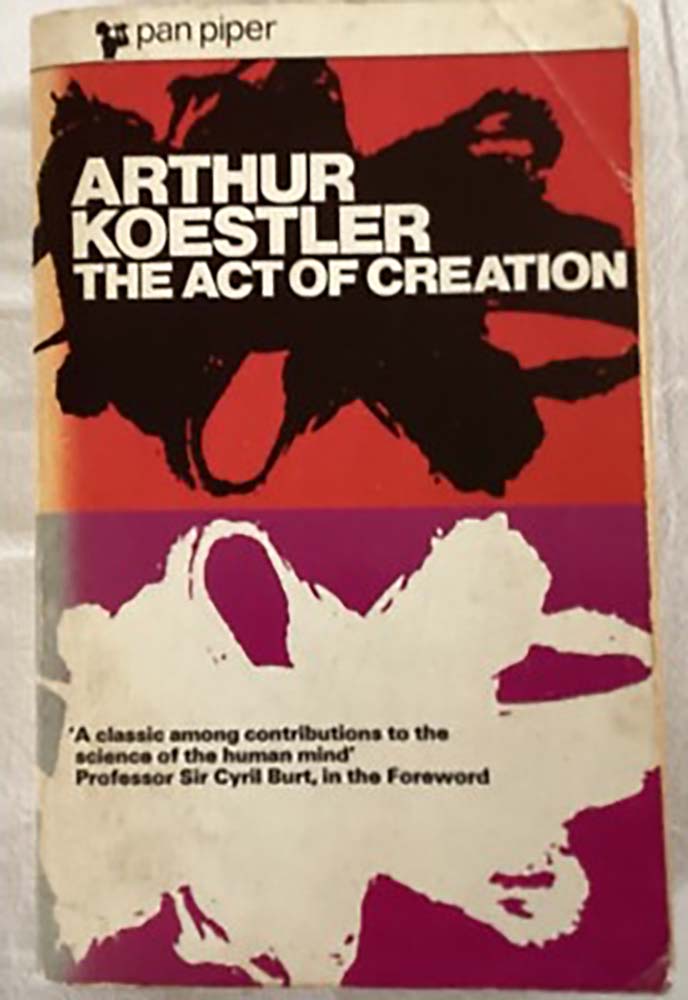
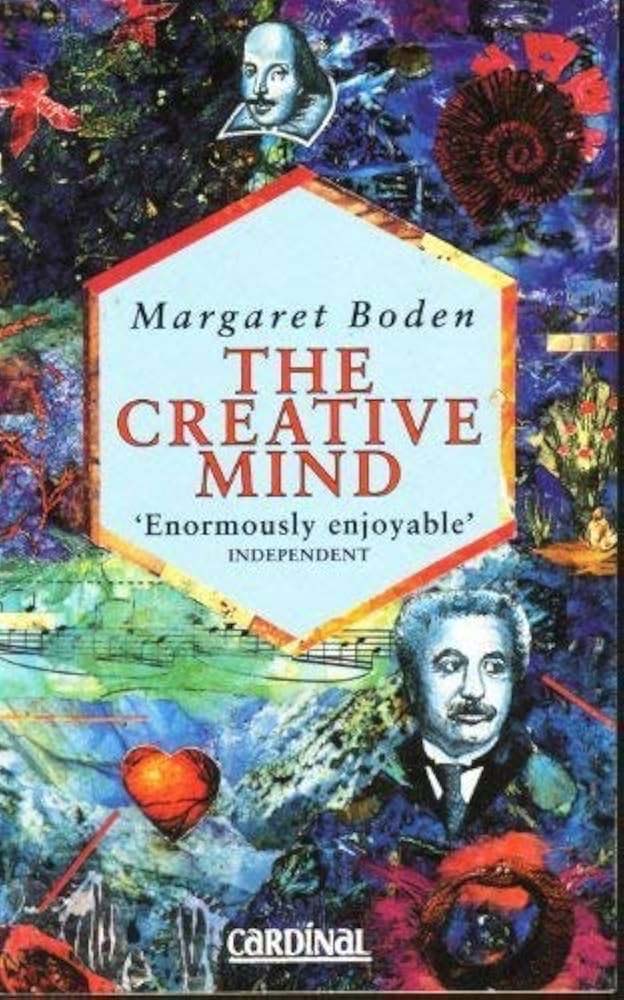
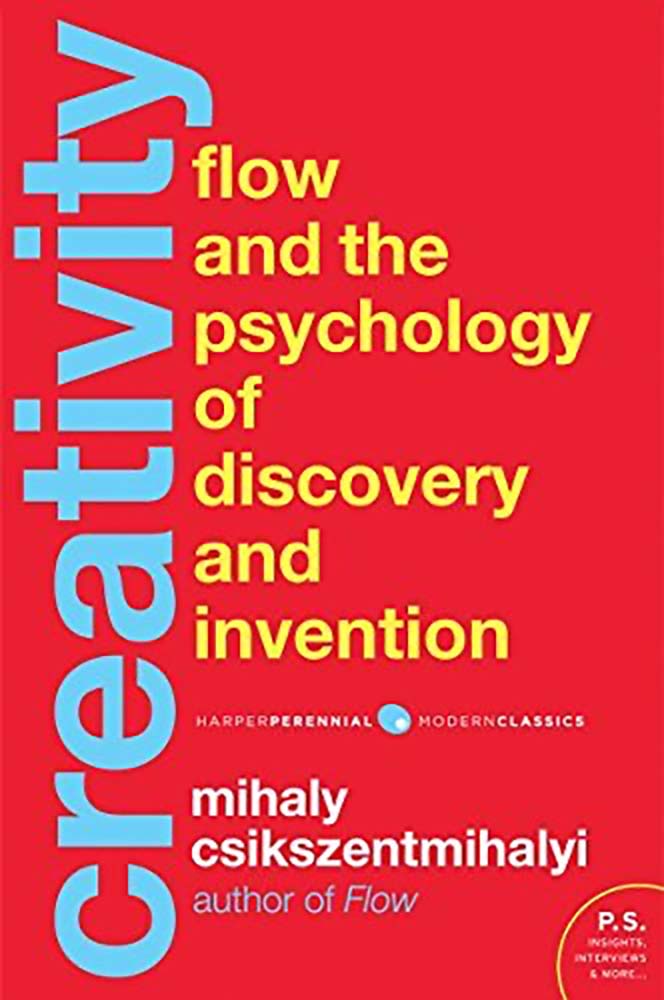
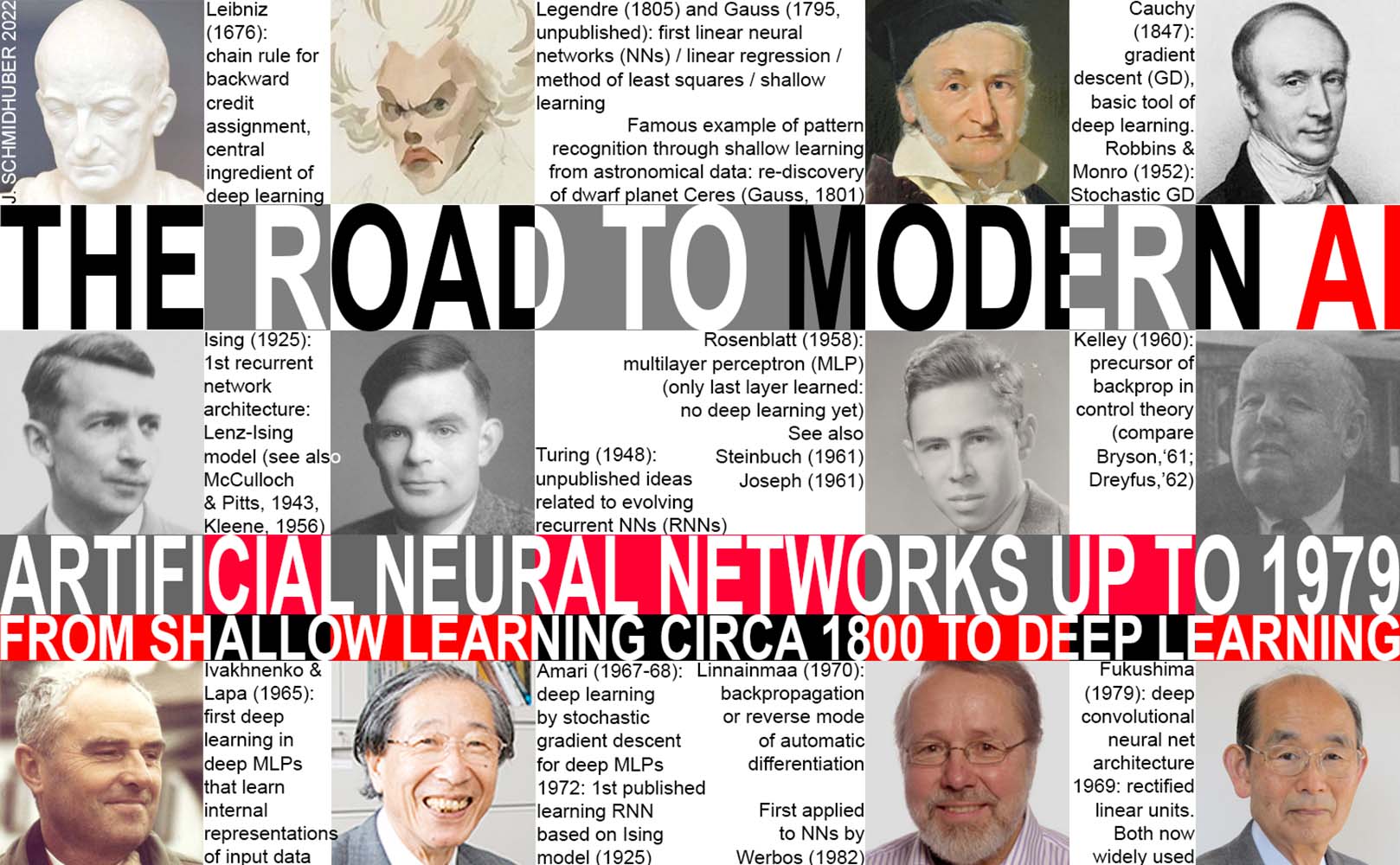
So there'll be some recent history, some theory, some practice, and loadsa examples for you to browse...
Stand Vanderbeek: MovieDrome 1963-66
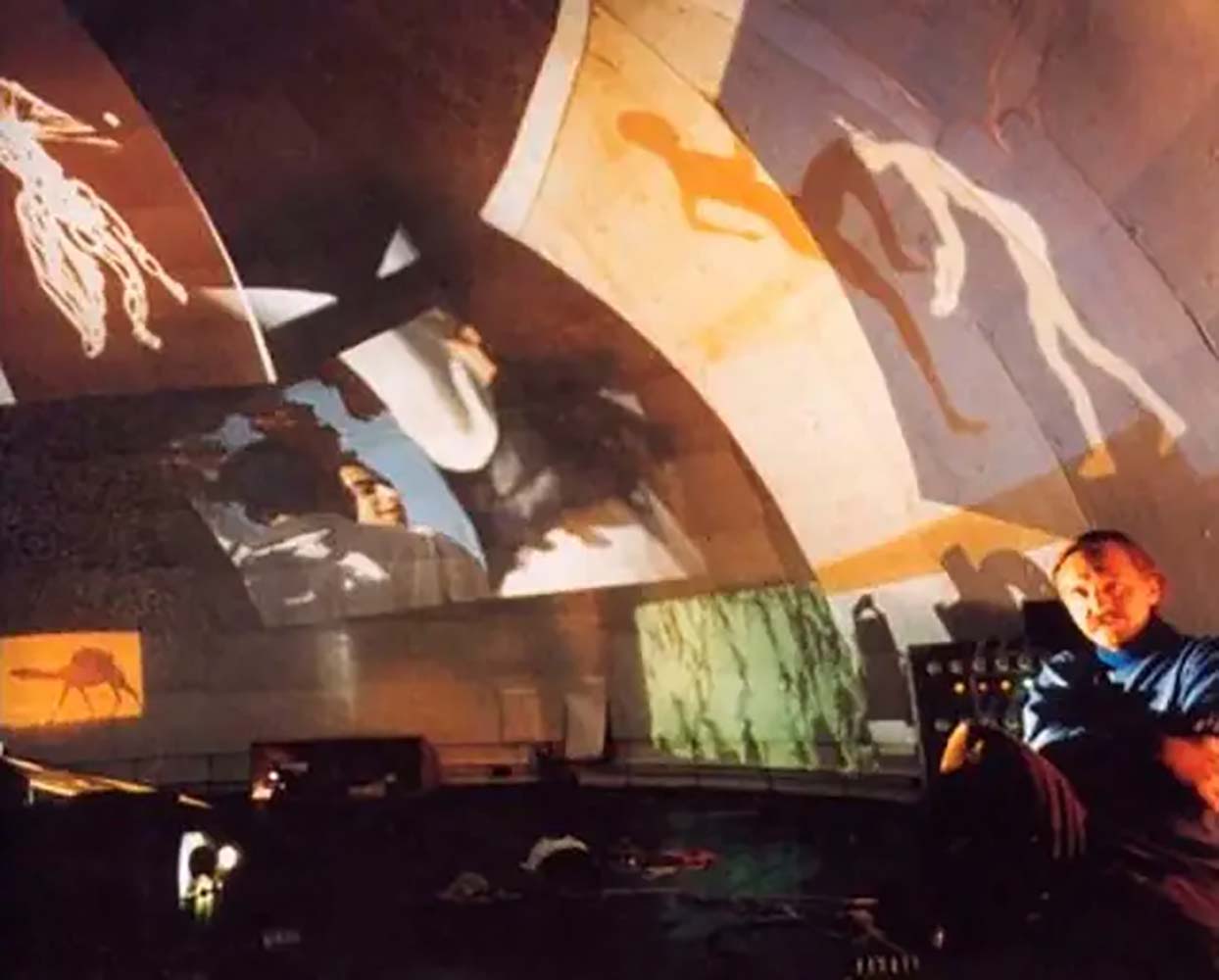
The pioneers in what was then called audio/visuals were new-media artists like Stan Vanderbeek, who built and 'programmed' his MovieDrome in the early Sixties, using his own movies and slides and 'found' film to create an immersive, engaging spatial montage of imagery. Vanderbeek was 'ahead of his time' as an artist - he went to the famous Black Mountain College - where Rauschenberg, Buckminster Fuller, John Cage and Willem de Kooning were teaching.
And Ken Isaacs with his Knowedge Box of around the same time:
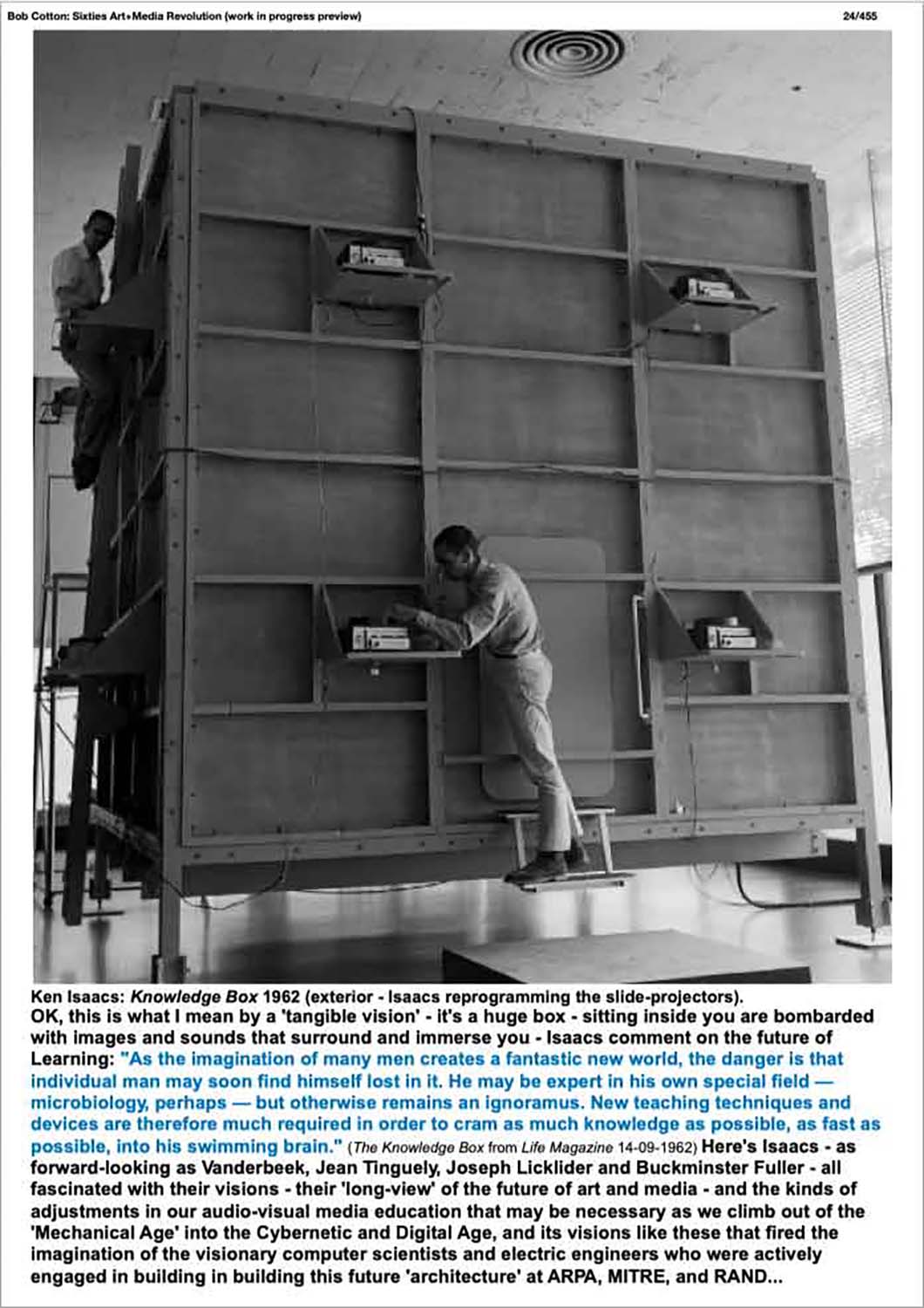
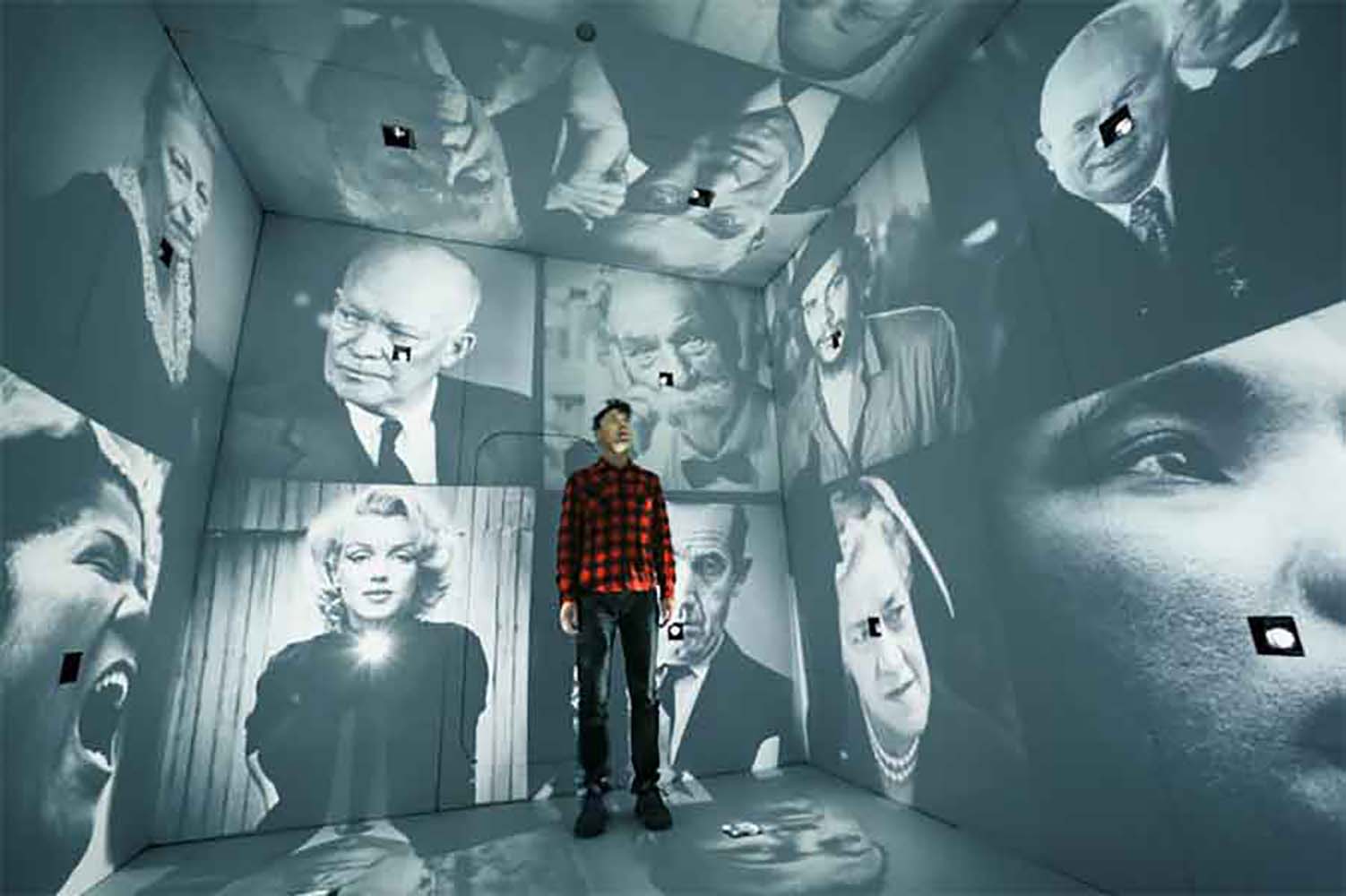
Both artists professed these were attempts to visualise the future impact of multi-channels, and 24/7 multi-media...they didn't know it then, but they were simulating the future of digital media and our mediaplex of the 21st century.The discovery in my own work that was especially interesting to me, was the potential of 'spatial montage' - the ability to construct or imply narratives across space as well as in the linear-progression of serial imagery. This also meant - like the MovieDrome and Knowledge Box that you could create immersive multimedia/multiscreen experiences:

The discovery we all made in the 1980s-1990s (pace Alan Kay) was that the computer was the first meta-medium - it could simulate all other media - and we could invent some of its very own - like VR and Quicktime VR, and Augmented Realities (AR); computer games and RPGs, Colossal Caves Adventure, Essex Multi-User-Domain (MUD) etc. By the 1980s, your little desktop computer became an entire studio, embracing tools for typography,font-design, image-processing, graphic design, vector and bitmap graphics, animation, Fractal geometry, 3d modelling, computer-animation, video non linear editing, video special effects, motion graphics, 3d design and architecture, sound effects and music-making, editing, multi-track recording, voice-simulation, hypertext novels, games engines, and file-sharing, efficient search engines, recommendation engines, and by the early 2000s we had multi-person realistic crowd-simulation, Web 2.0, and later live-streaming, multi-touch interfaces, multi-social media channels, multi-purpose iPhones and iPads, Machine-Learning, Large Language Models, Chat GPT and other AI tools - and all this meant that we had the most advanced creative-tool-box ever invented, and content-creation became an attainable art-craft for anyone who wanted it. AND on top of all this our devices gave us access to ALL of Humanity's collected knowledge - all the books, papers, museum archives, movies, Tv programmes, user-videos, newspapers and magazines - everything we have recorded from pre-history through to the 2020s... and this is AMAZING!
These media and networked channels began to surround us, to immerse us...Back in the Sixties Herbert Marshall McLuhan had noted that the act of reading a broadsheet newspaper was an immersive experience:
"Marshall McLuhan described the act of engaging with a newspaper not so much as "reading," but as a form of "total immersion," akin to stepping into a warm bath. This experience involves a simultaneous absorption of disparate streams of information, rather than a linear or sequential reading process."
(Google AI Summary)
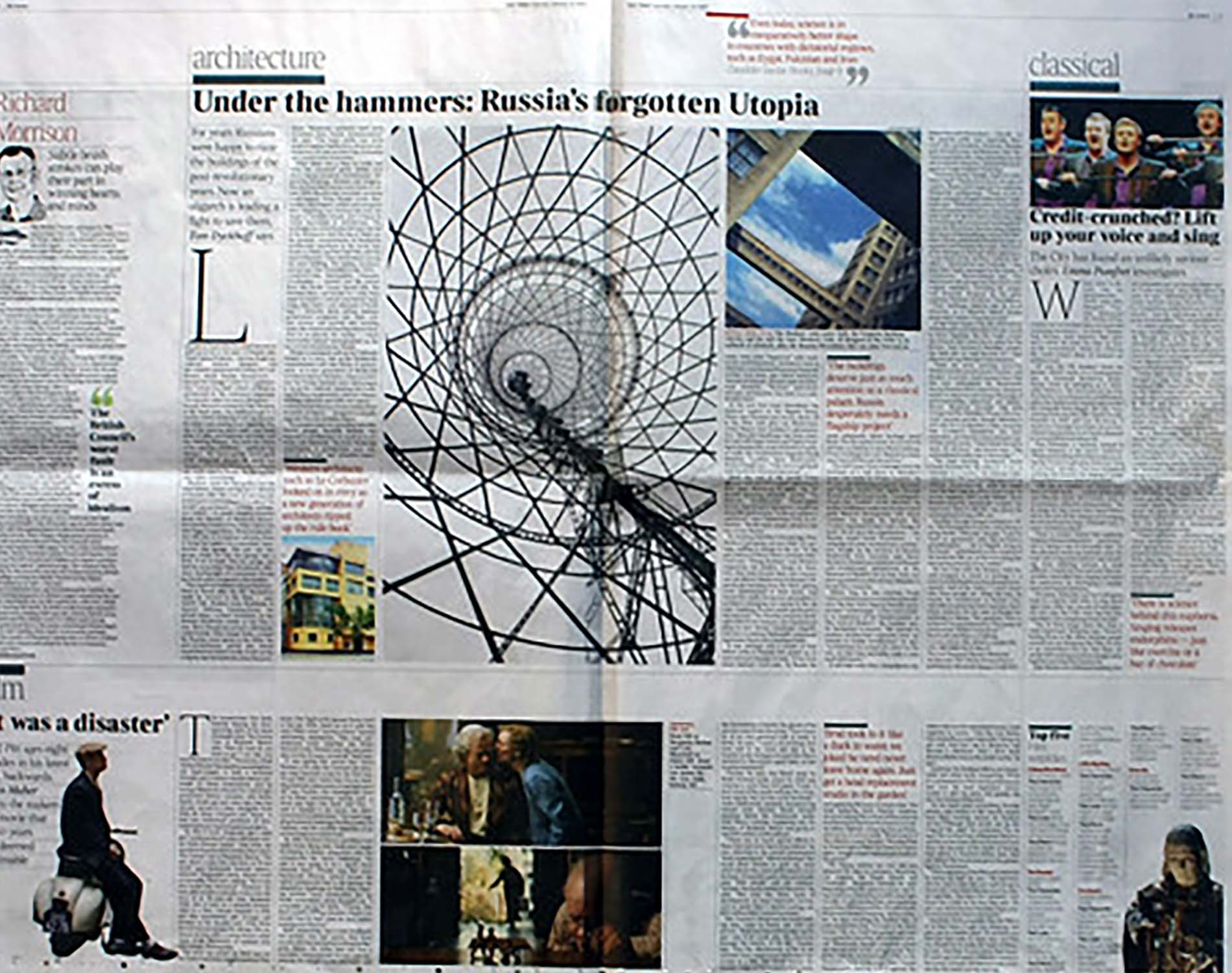
McLuhan liked the immersive nature of the newspaper-scanning, non-linear communication it provided. In our Sixties Light/shows and later our digital-arts tools we could easily simulate this experience. Of course by 1995, the future was obvious: this was experimental video pioneer and composer Nam June Paik's Electronic Superhighway:
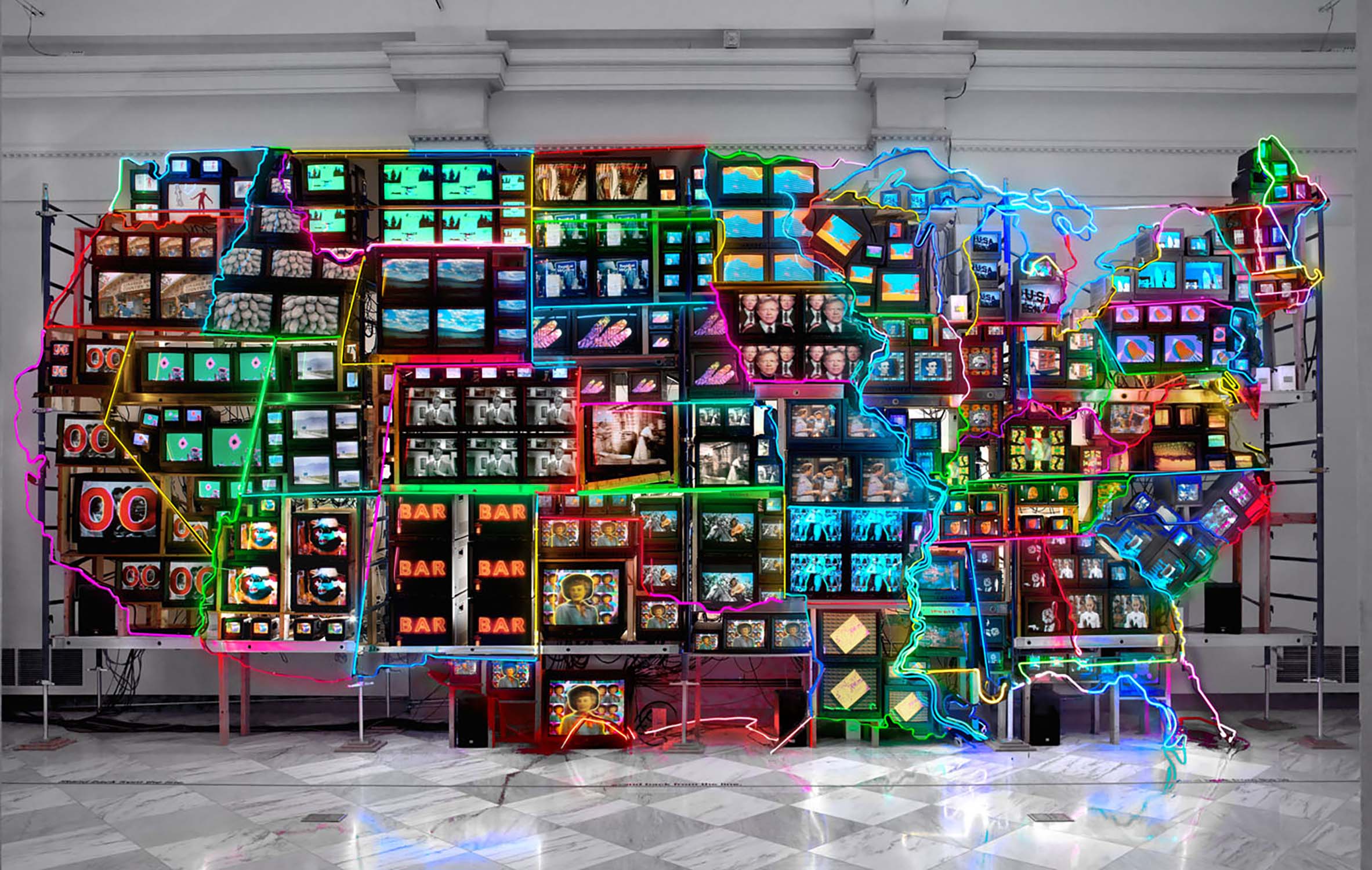
lots more to come on this!
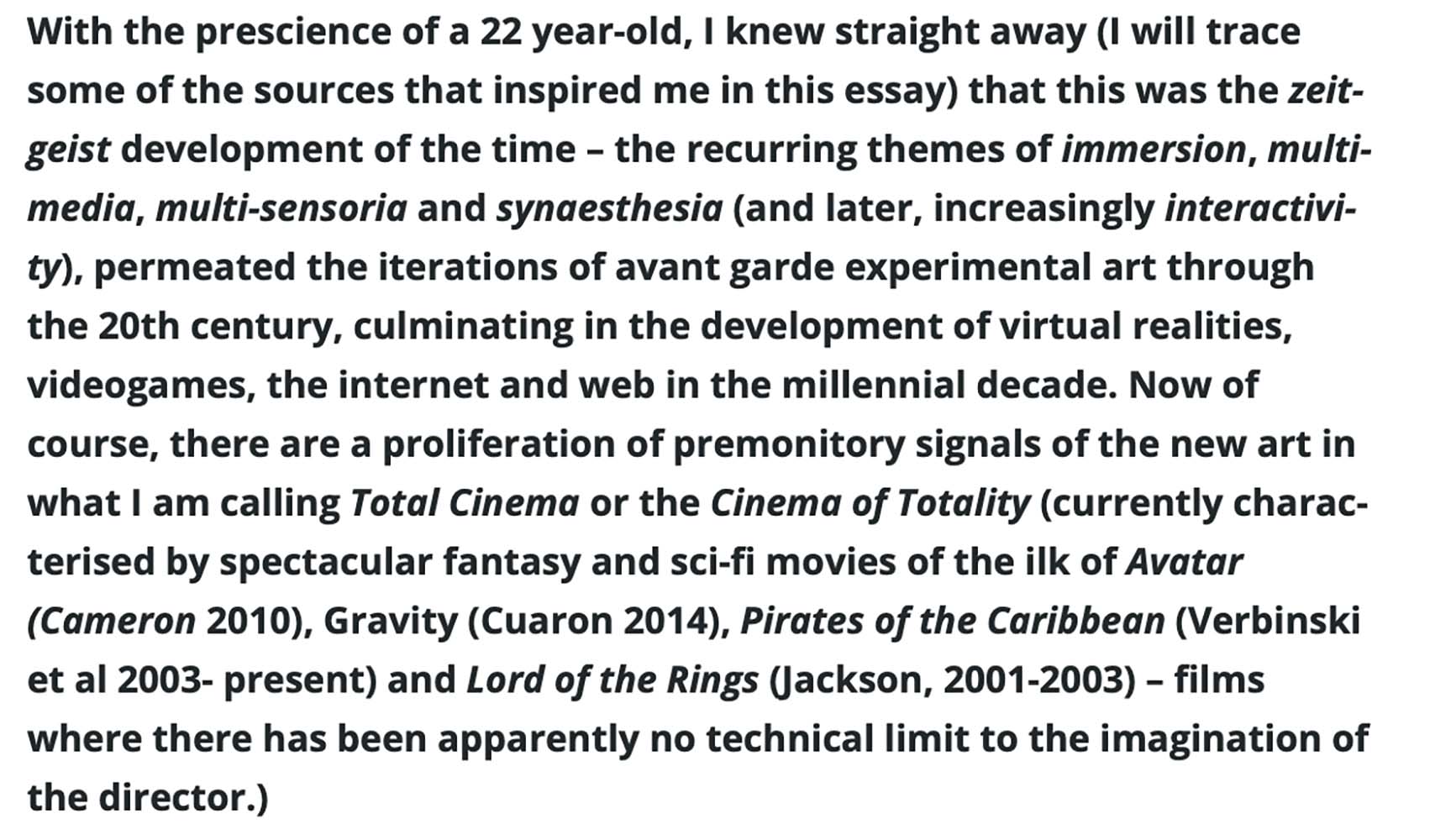
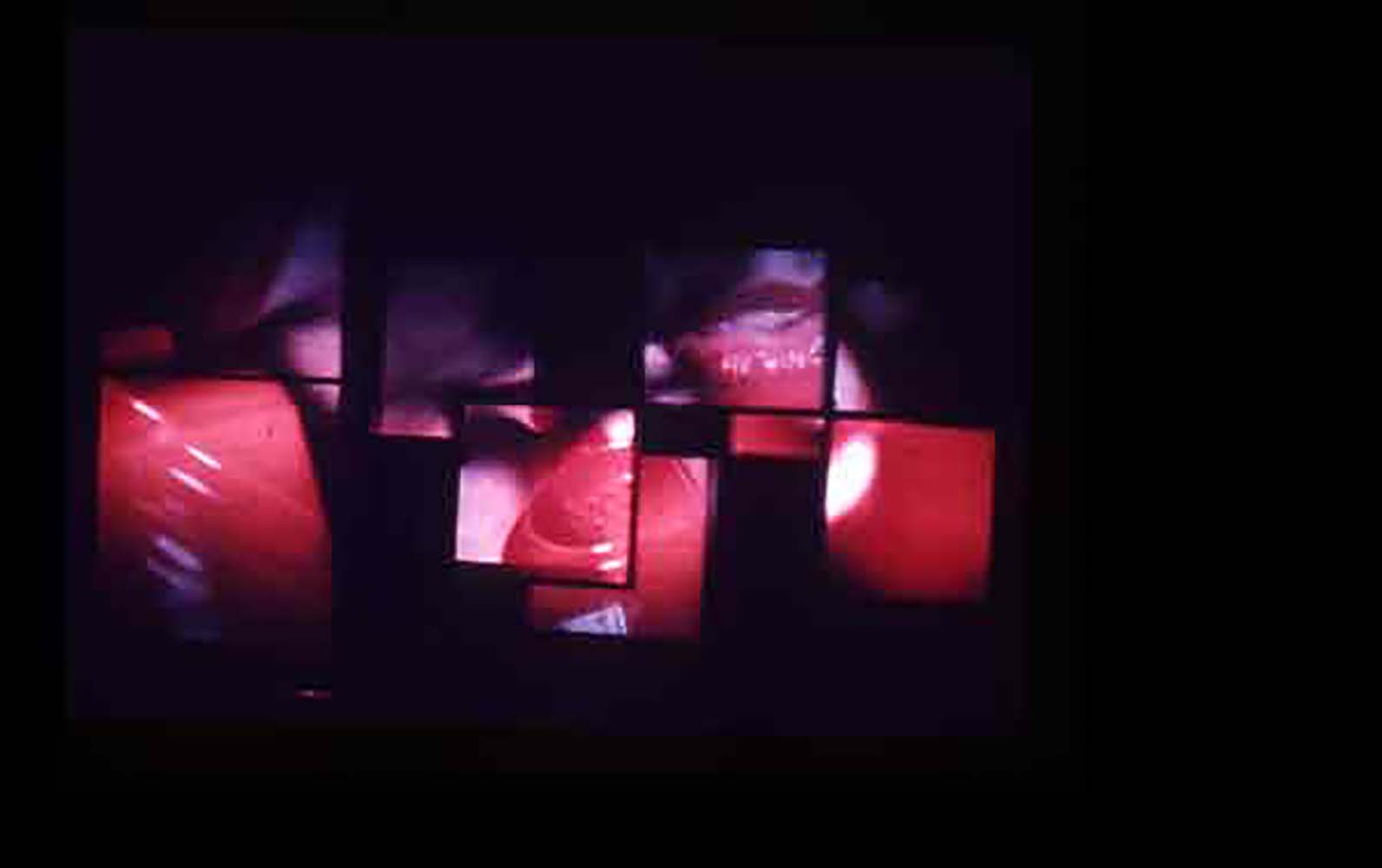
Tony Rickaby (who went to Carisbrooke Grammar School in the early Sixties), along with myself, John Bowstead, Gary Crossley and Roger Jeffs and others showed their multimedia work at a joint exhibition between Hornsey Light/Sound Workshop and Archigram in 1968/1969 at Museum of Modern Art Oxford, where we presented multi-screen films, 3d light shows, immersive a/v, and other audio-visual work (recorded at Lux) https://lux.org.uk/young-contemporaries-1968-hornsey-lightsound-workshop/
And at more or less the same time, we had the treat of a World Expo (Expo67 at Montreal) which featured a massive Fuller Geodesic Dome as well as a huge variety of multi-screen 'new media' a/v shows and experiments:
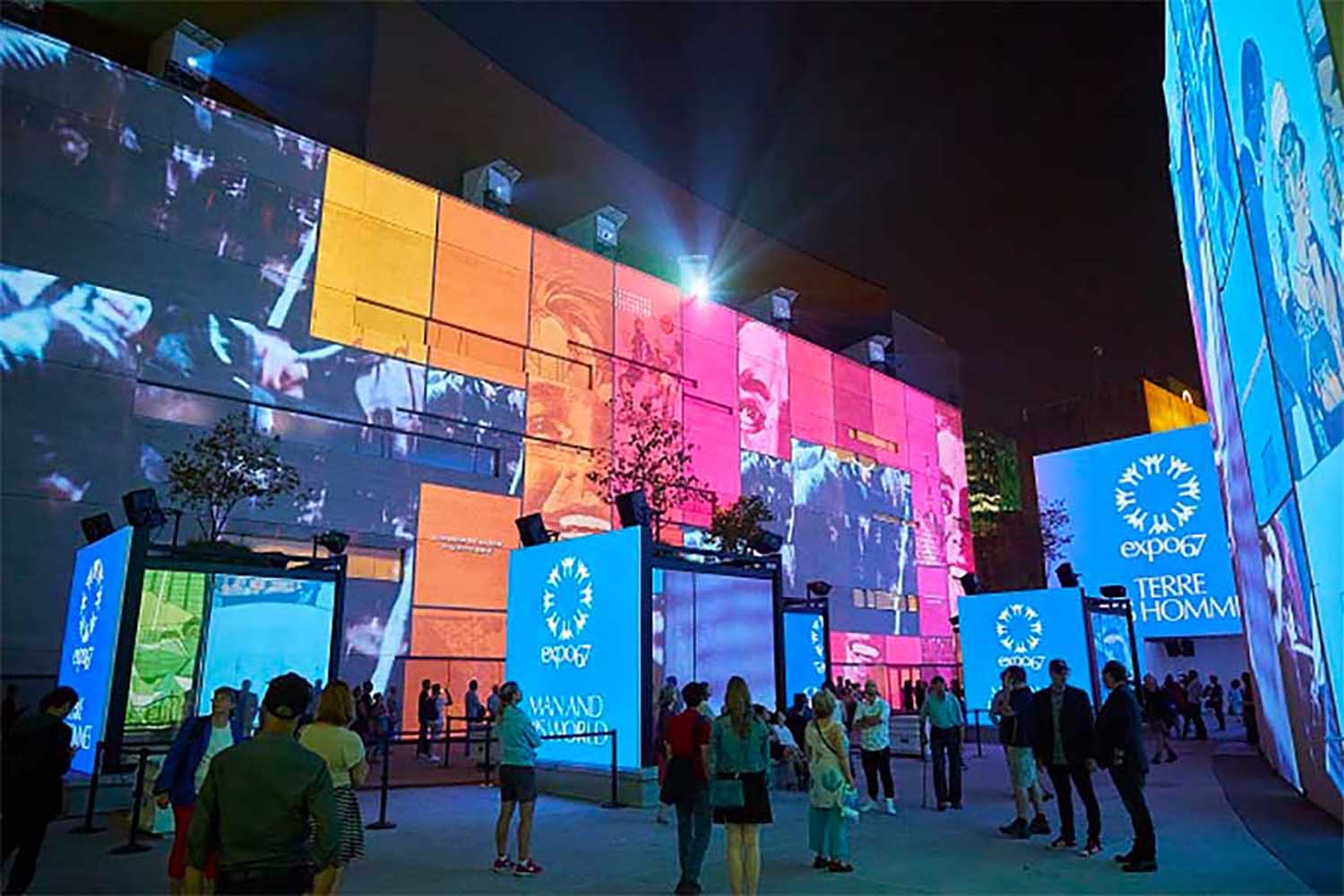
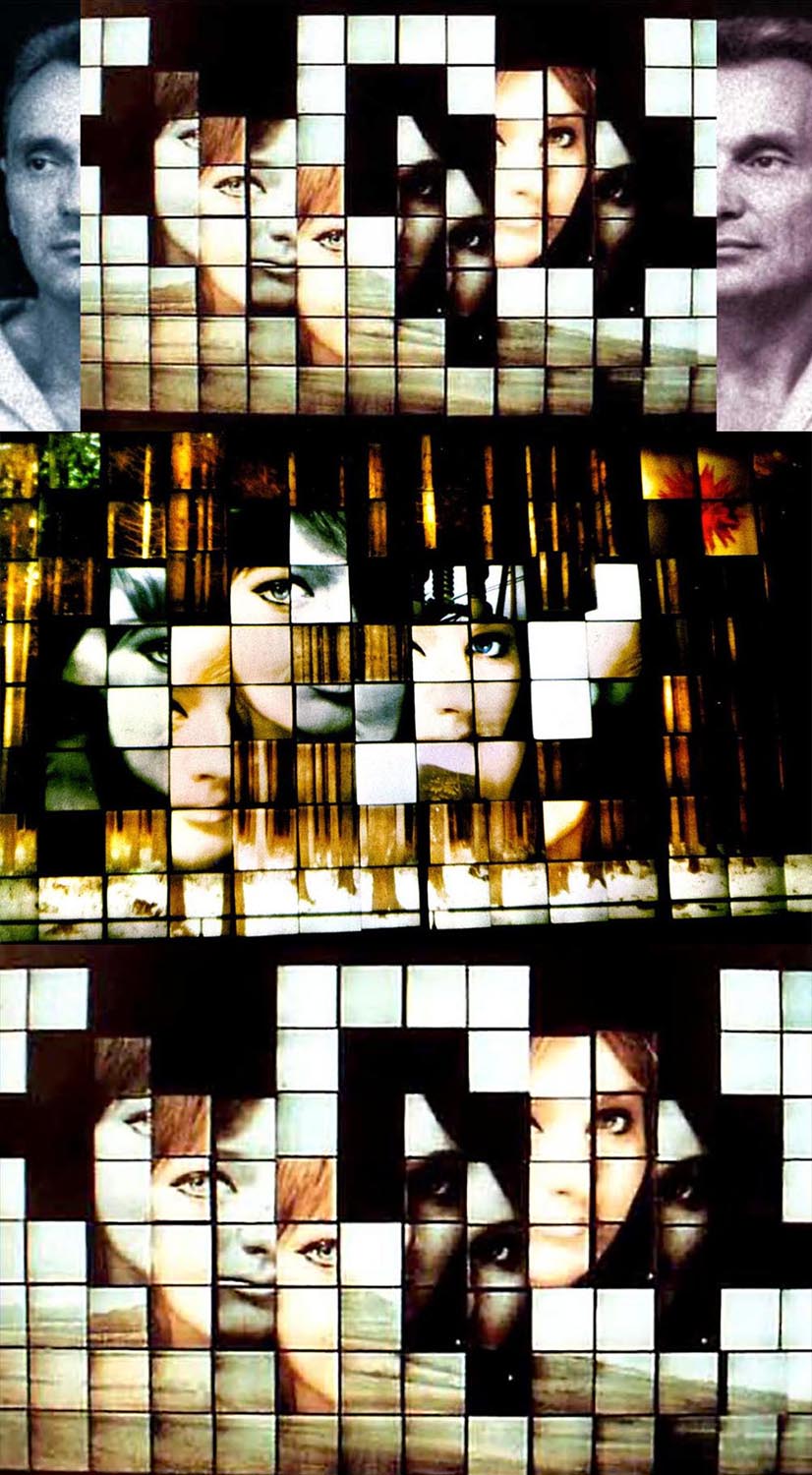
Expo67 was global confirmation that we were exploring the same zeitgeist - try to capture in our artworks the Spirit of our Age.
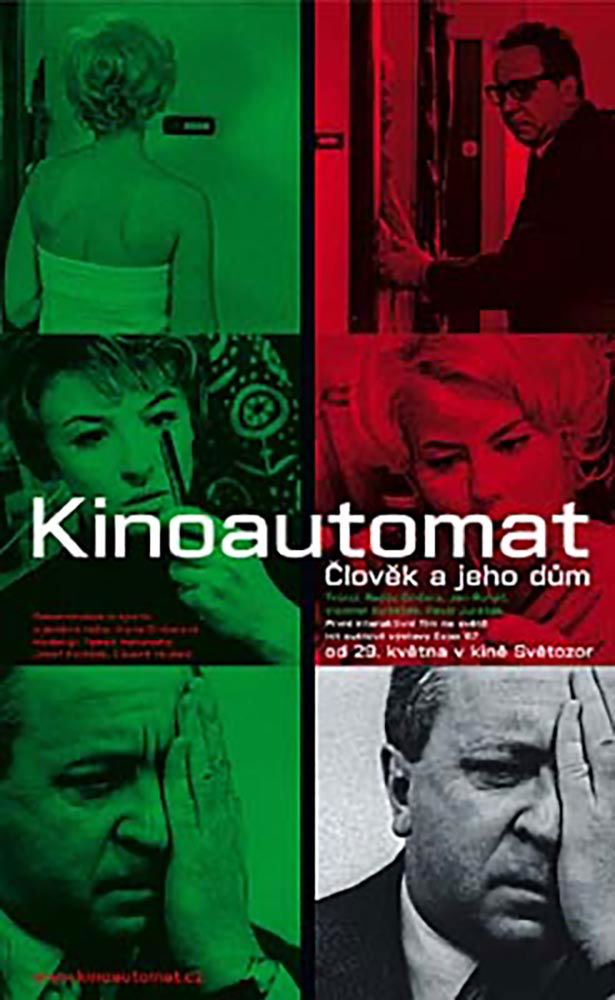
Which even included some (rather clumsy) attempts to make interactive movies - like the Kino-Automat by Radúz Činčera . The audience is presented with binary choices at stages in the movie-narrative - and can vote for one narrative or another...

To me the greatest entry at Expo67 was Christopher Chapman's A Place to Stand - a remarkable exploration of spatial montage he called it 'multi-dynamic imaging- with motion-clips embedded into it:
https://www.youtube.com/watch?v=o0F10Sc3Vcw
The multi-media, multi-channel, all the media all at once immersivity of our impending information explosion became blindingly obvious after Tim Berners Lee invented the World Wide Web - but even before that (1989) we were speculating theoretically on the near future ELECTRONIC SUPERHIGHWAY: the idea that somehow quite soon we would have the information explosion at our fingertips - all the indications of the internet, the WWW, broadband innovations, powerful desktops and laptops, compression/decompression algorithms, pointed this way. This is video pioneer and composer Nam June Paik's 1995 expression of this idea of an Electronic Superhighway: a compilations of screens, neon-links, televisual interfaces, monitors, read-outs, gauges, feedback devices etc...all in the shape of a USA map....
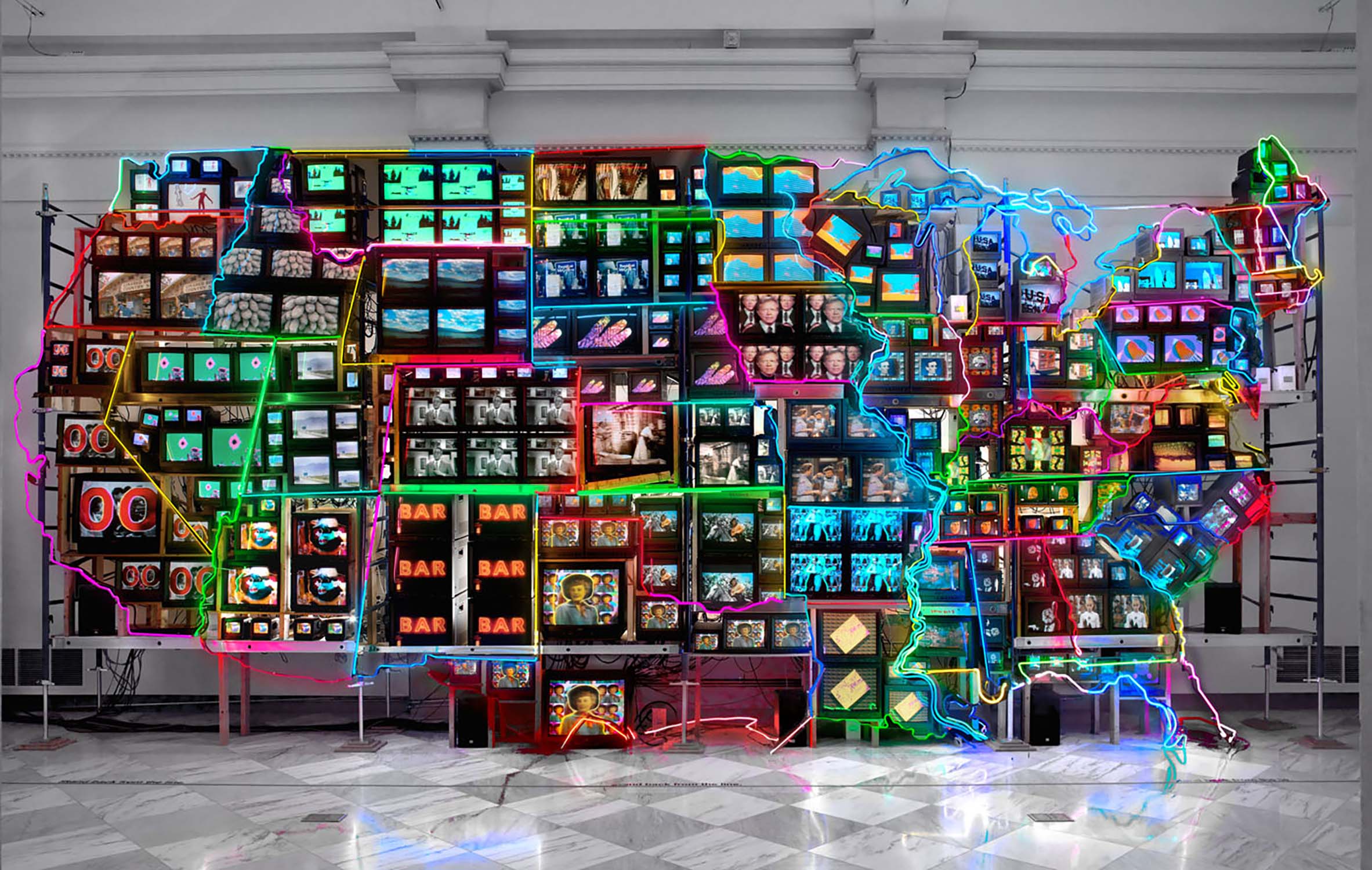
And I was lucky enough to live through, witness and take part in this gradual new media to digital arts explosion, and Richard Oliver and I recorded it in our books in 1993-1998:
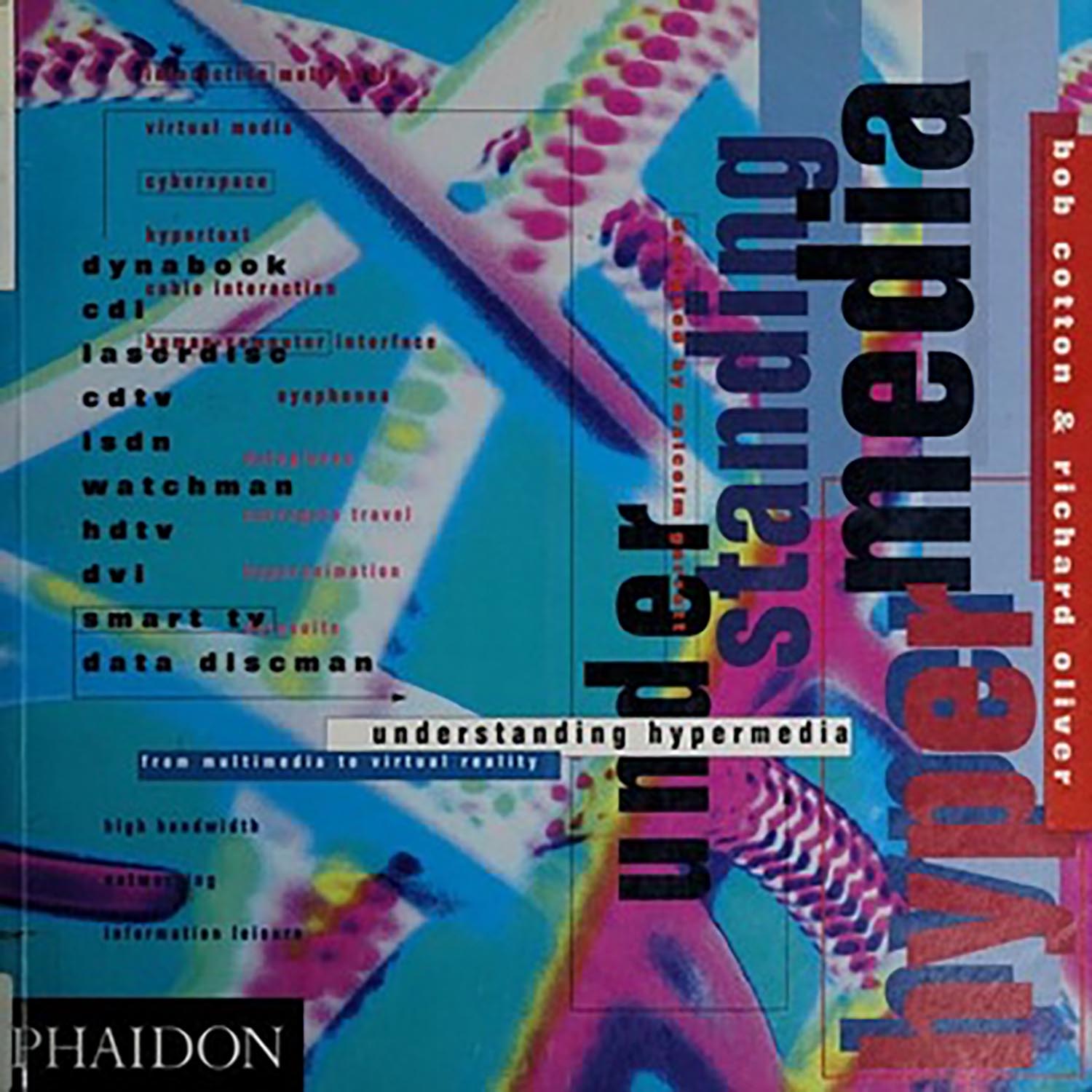



Then back in 1968 we had Jascia Reichart's Cybernetic Serendipity at the ICA, and in 1970 we had Gene Youngblood's Expanded Cinema - the first book about all this stuff that was getting us excited, and pointed the direction of our creative work:
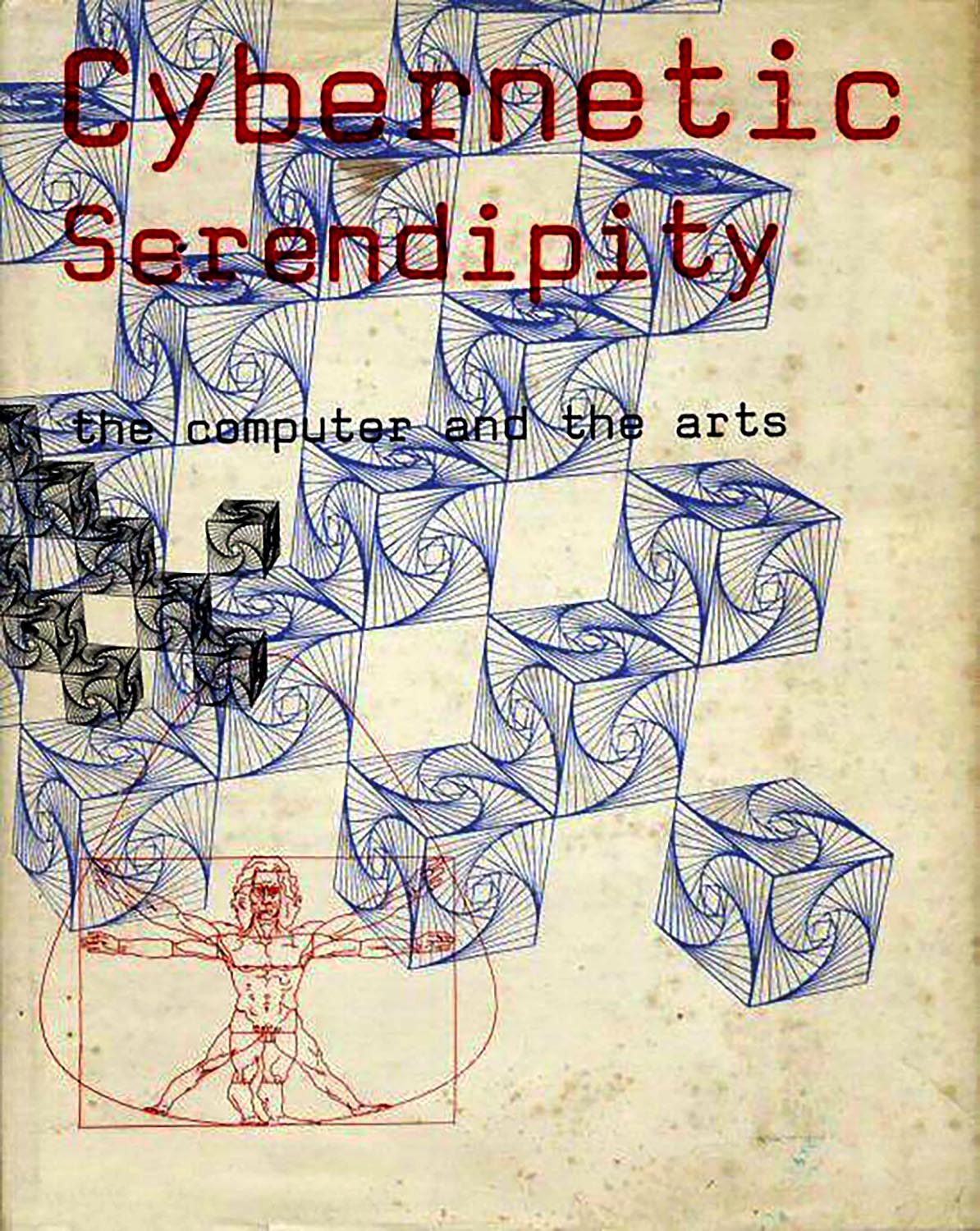

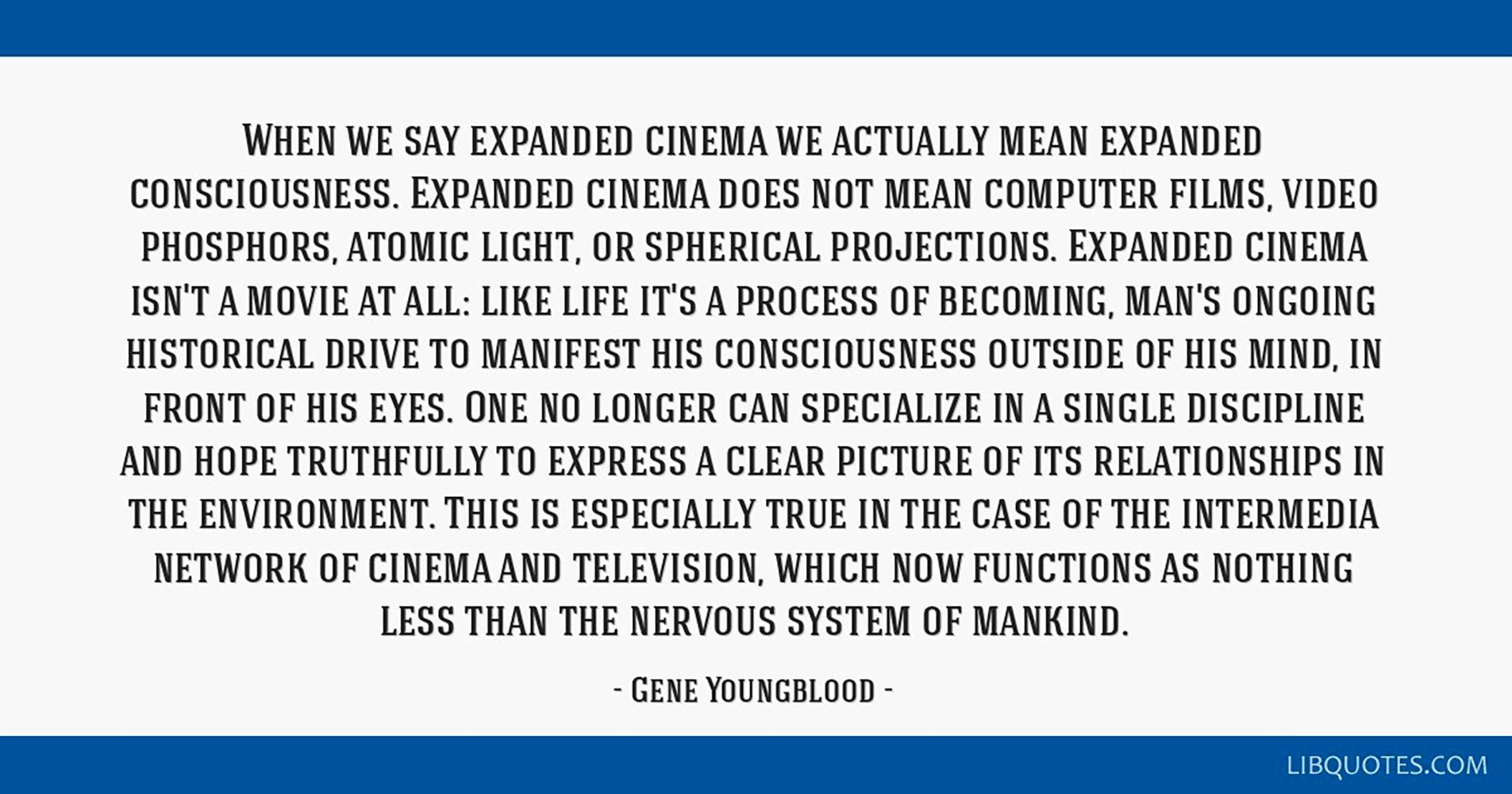
And in the 2000s, all this compilation and collation of new media resulted in my mediainspiratorium, programmed by Dr Russell Richards:

This is still browsable as a web-archive at www.mediainspiratorium.com, though initially it was intended as an i-Pad app. Its an intermedia history of art-media-innovation from 1800 through 2010. Check it out - its useful...
Then I went on to examine what HG Wells had called the World Brain in 1936 and what his Belgian contemporary Paul Otlet had called the Mundaneum or World Library both these were 1930s attempts to describe a globally networked repository of information - a world university or world library - accessible to all through the phone and TV.. Its what we call the Web/Net, and it exists right now.
 I examined the evolution of these ideas in my six-volume 'How we built the World Brain and invented the MediaPlex'. 'Mediaplex' is a word I used to refer to the mass of media and information in all its forms - to include Games, Films, TV, Music, News, Entertainment, Books and Printed Information, Animation, Comics, EVERYTHING! The 'PLEX' because in many cases these media were interlinked, they were hypermedia.
I examined the evolution of these ideas in my six-volume 'How we built the World Brain and invented the MediaPlex'. 'Mediaplex' is a word I used to refer to the mass of media and information in all its forms - to include Games, Films, TV, Music, News, Entertainment, Books and Printed Information, Animation, Comics, EVERYTHING! The 'PLEX' because in many cases these media were interlinked, they were hypermedia.